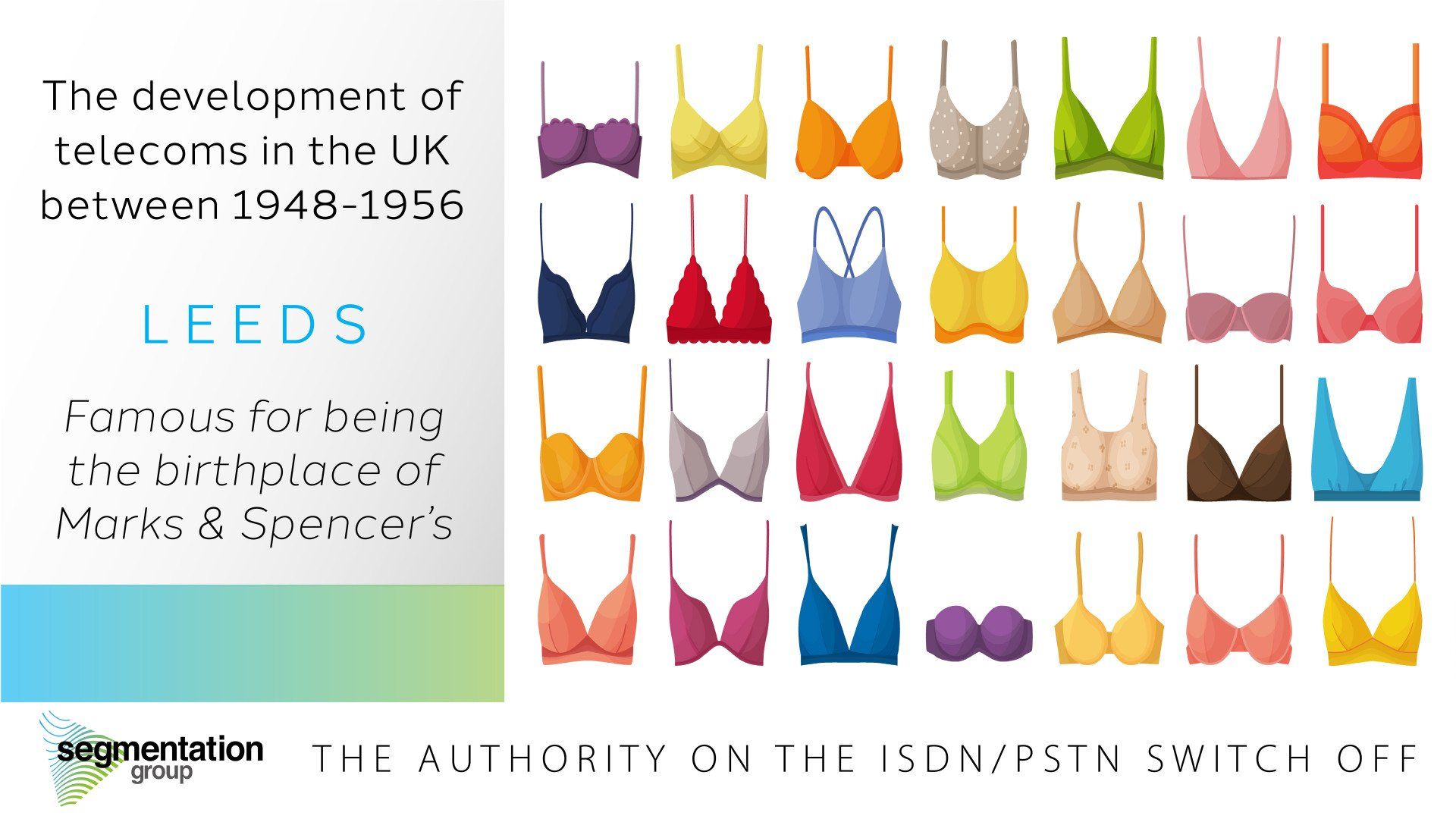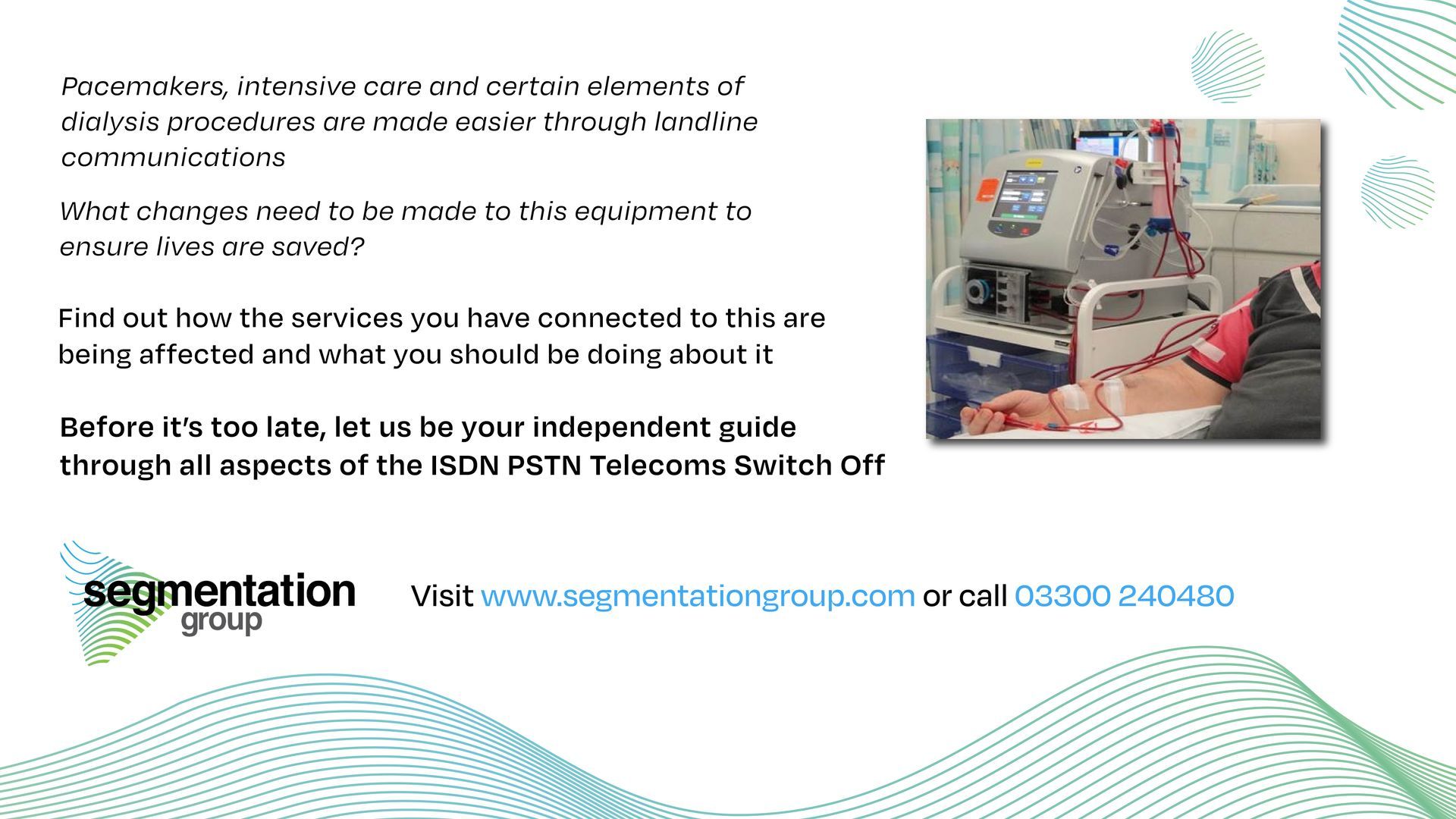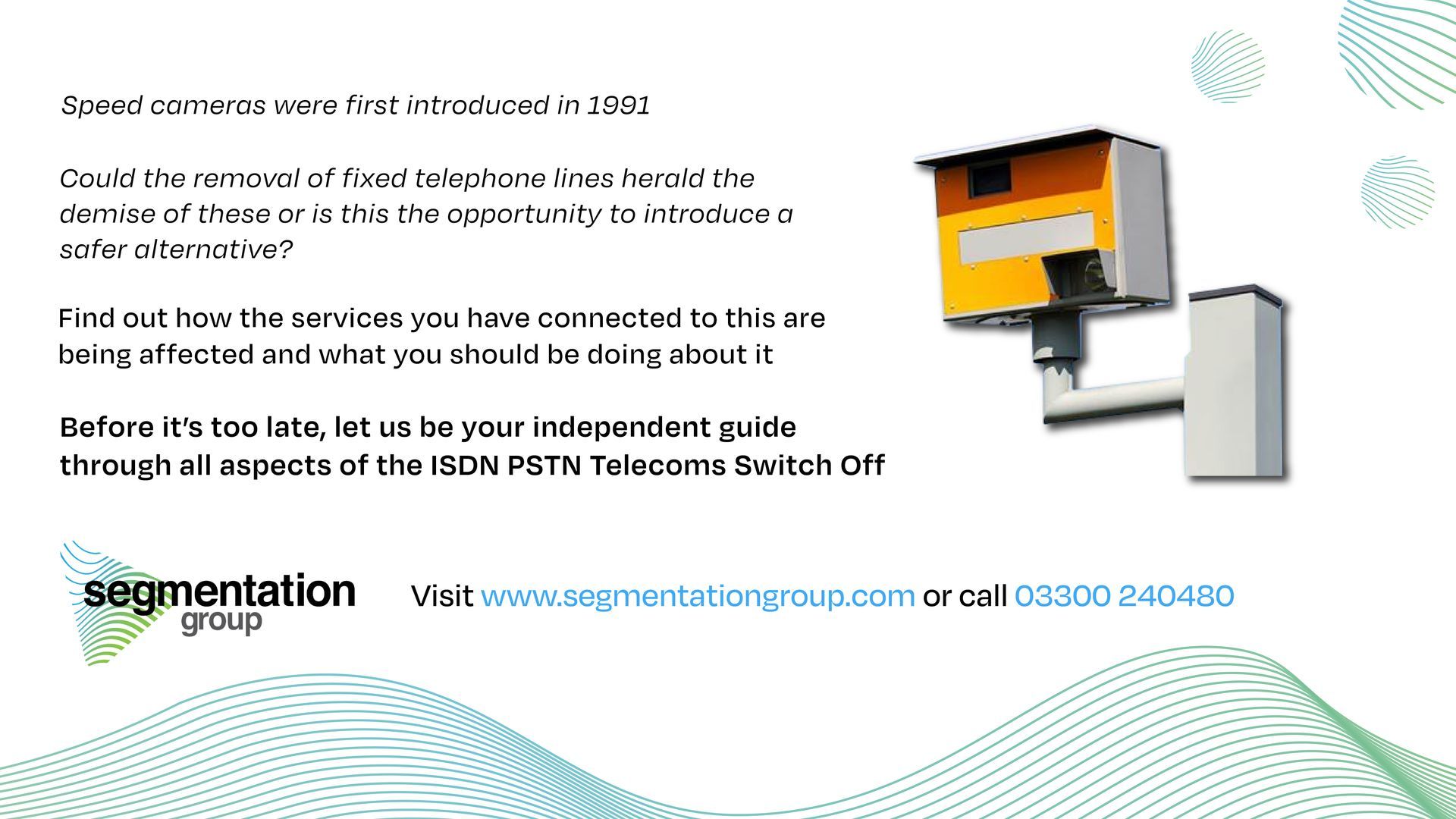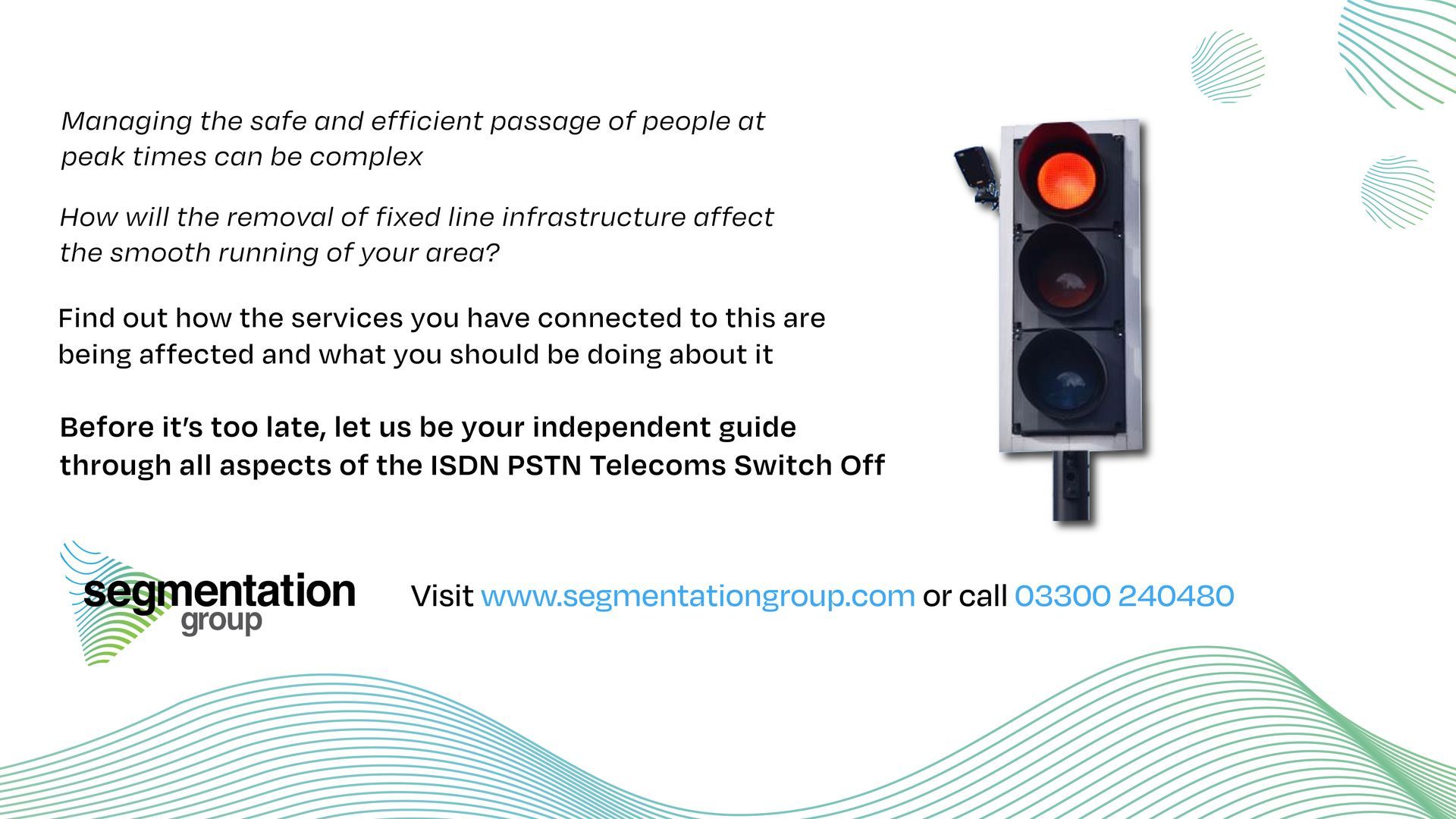The Development of Telecoms - Leeds

By the late 1950s, computer science, the study of computation, automation and information, was really starting to emerge.
Time sharing between computer users and the possibility of achieving this over wide area networks was starting to look like a reality.
In the 1960s the first prototype of the internet as we know it was developed as a means for government researchers to share information.
1st January 1983 is deemed to be the official birthdate of the internet, the date when all of the various computer networks now had a standard way to communicate with each other using the newly established communications protocol, Transfer Control Protocol/Internetwork Protol (TCP/IP) which allowed different kinds of computers on different networks to talk to each other.
The Internet has been revolutionary in the computer and communications world and has opened up the capability for world-wide broadcasting and by 1998, the Internet was already a massive part of our lives and Leeds, West Yorkshire, had a huge part to play in its development due to the fact that it hosted the world's first Internet Service Provider (ISP), Freeserve.
Freeserve was founded in 1998 as a project between Dixons Group Plc and Leeds-based hosting provider Planet Online to provide free Internet access to customers buying personal computers (PCs) from Dixons stores. The concept was developed by Ajaz Ahmed, a Dixons employee who had become frustrated by not being able to get online without technical knowledge, so discovered a more efficient way for PC owners to get online.
By the time Freeserve was sold in 2000, to French company Wannadoo, it was worth £1.65 billion and had nearly 2 million subscribers, but today it’s better known as EE’s broadband service.
The area is a compact one geographically, covering the centre of the clothing manufacturing industry and including important coal mining areas, engineering industries and a section of the centuries-old woollen trade. Although almost entirely an industrial area, it does embrace to the North a portion of the Yorkshire Dales. Leeds is mentioned in Lord Clarendon's History of 1642 and, according to earlier records, the city was known as Loidise-en-Elmet.
Leeds was one of the first cities to have an automatic telephone system. The main exchange, which employed the "Keith line-switch," was installed in 1918, but was replaced by the "2,000-type" equipment in 1945. The system is rapidly approaching the maximum capacity for a non-director system and the introduction of director working is being planned.
The 55 exchanges in the Leeds telephone area serve some 52,700 exchange lines and 91,000 stations; the total staff, excluding the operating force numbers 1,344.











